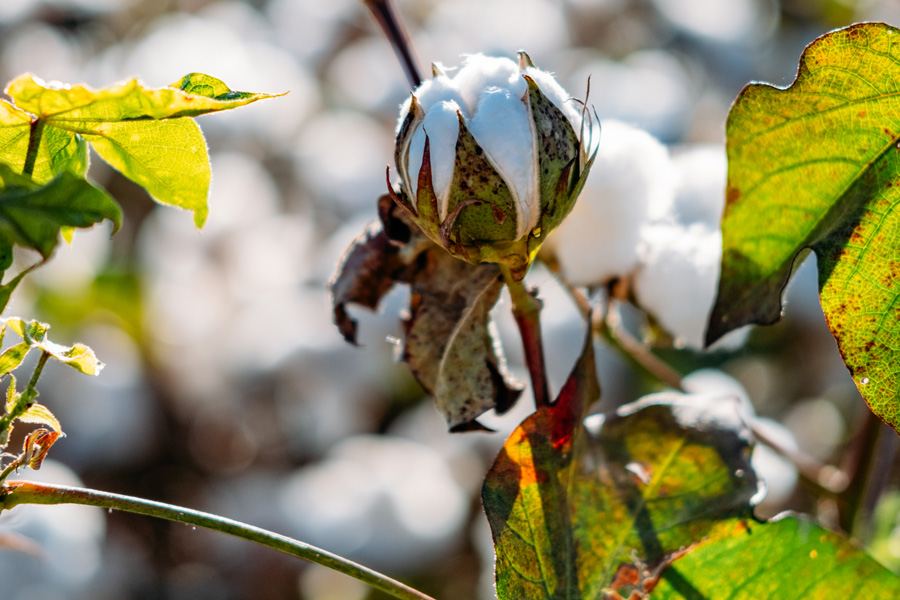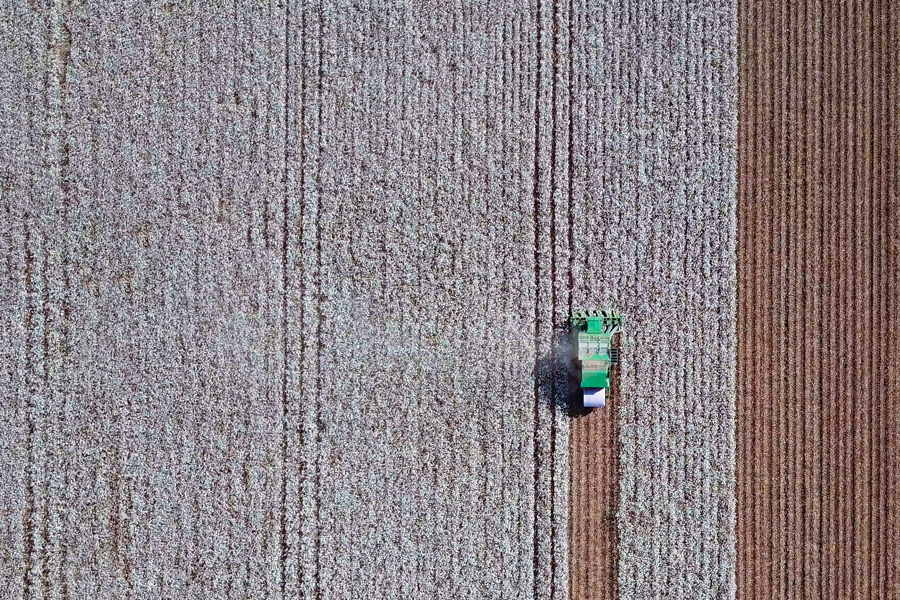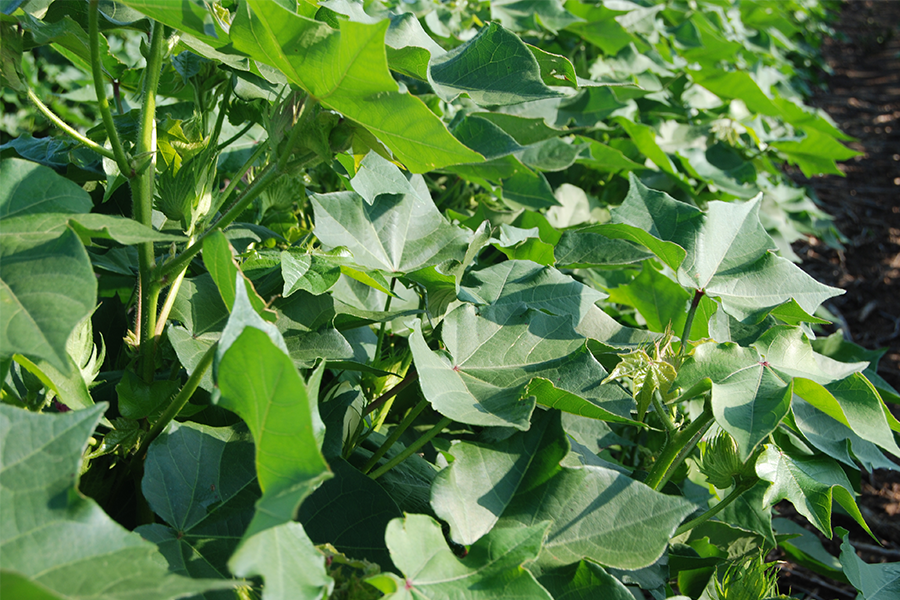Cotton
-

Variety selection is one of the biggest decisions and investments cotton growers make each year. In 2010, the UGA Extension Cotton Agronomists implemented the UGA On-Farm Cotton Variety Evaluation Program to assist in this decision. In this annual publication, varieties were evaluated in 2020 across a wide range of environments in the cotton producing regions of Georgia in cooperation with county agents and industry partners. The implementation of this program has made a tremendous impact on variety selection from year to year, and it will continue to have the same impact in the future.
R. Anthony Black, Phillip Marion Roberts, Eric Elsner, Scott Rogers, and Camp Hand
|
-

Variety selection is one of the biggest decisions and investments cotton growers make each year. In 2010, the UGA Extension Cotton Agronomists implemented the UGA On-Farm Cotton Variety Evaluation Program to assist in this decision. In this annual publication, varieties were evaluated in 2020 across a wide range of environments in the cotton producing regions of Georgia in cooperation with county agents and industry partners. The implementation of this program has made a tremendous impact on variety selection from year to year, and it will continue to have the same impact in the future.
Wade B. Parker, Eric Elsner, Scott Rogers, and Camp Hand
|
-

AP 130-1-03
2023 Cotton Outlook
1. Reduction in consumer demand for cotton related products will suppress cotton prices in 2023.
2. U.S. cotton acreage and production likely will decline in 2023 because of lower relative-price expectations with competing crops.
3. The cotton production profit margin likely will be lower in 2023 with high input costs and low cotton prices.Amanda R Smith and Yangxuan Liu
|
-

The Agricultural Act of 2018 (2018 U.S. Farm Bill) extended the nonrecourse marketing assistance loan (MAL) and loan deficiency payment (LDP) feature for the 2019 through 2023 crop years for upland cotton. This publication provides examples and a decision tree for choosing between the marketing assistance loan and loan deficiency payment program for cotton.
Yangxuan Liu
|
-

AP 124-3
2023 Georgia Cotton Production Guide
The 2023 edition of the cotton production guide provides an in-depth look at cotton production in Georgia and the Southeastern U.S. Issues discussed include economic outlook, fertility, weed management, insect management, disease and nematode management, irrigation decisions, precision ag technology, and general agronomics of the cotton crop (varieties, PGR applications, defoliation, etc.).
Camp Hand
|
-

The Agricultural Act of 2018 (2018 U.S. Farm Bill) extended the cotton commodity loan programs for the 2019 through 2023 crop years. Cotton commodity loan programs include the marketing assistance loan (MAL) program and the loan deficiency payment (LDP) program. These programs provide cotton producers with alternative marketing tools during periods of low cotton prices. Cotton producers can receive marketing loan benefits in the form of marketing loan gains (MLG), loan deficiency payments (LDP), commodity certificate exchange gains, and forfeiture gains. Producers can participate in the MAL or obtain an LDP on all or part of their production at any time during the loan availability period, from harvest until May 31 of the following calendar year.
Yangxuan Liu
|
-

In 2018, the Trump Administration proclaimed significant changes in tariff actions on a variety of U.S. imports, which led to retaliation by U.S. trading partners—including China and many U.S. allies. These actions led to a 2-year trade dispute between the United States and China. Global commercial ties were destabilized and the trade and investment transactions and flows were hampered by the resulting trade dispute. This paper documents the timeline of the U.S.–China trade dispute and the retaliation and responses from China to the Trump Administration’s tariffs. As cotton and its related products were caught in the middle of the trade dispute, this paper also provides discussions about the tariffs implemented by both countries on the cotton and textile sector.
Cesar L. Escalante and Yangxuan Liu
|
-

Cotton growth monitoring is vital to producing a healthy crop, making sure that the crop is growing on track, and that there are minimal stresses on the crop. Growth monitoring also can assist in making plant growth regulator (PGR) applications. PGR applications are complex, and many factors play into the decision of when to use them and at what rates. The goal of this publication is to discuss these factors and assist in determining when to make a PGR application.
Phillip Marion Roberts, John L Snider, and Camp Hand
|
-

Variety selection is one of the biggest decisions and investments cotton growers make each year. In 2010, the UGA Extension Cotton Agronomists implemented the UGA On-Farm Cotton Variety Evaluation Program to assist in this decision. Varieties are evaluated across a wide range of environments in the cotton producing regions of Georgia in cooperation with county agents and industry partners. The implementation of this program has made a tremendous impact on variety selection from year to year, and it will continue to have the same impact in the future.
R. Anthony Black, Eric Elsner, Scott Rogers, Camp Hand, and Chandler Pope Rowe
|